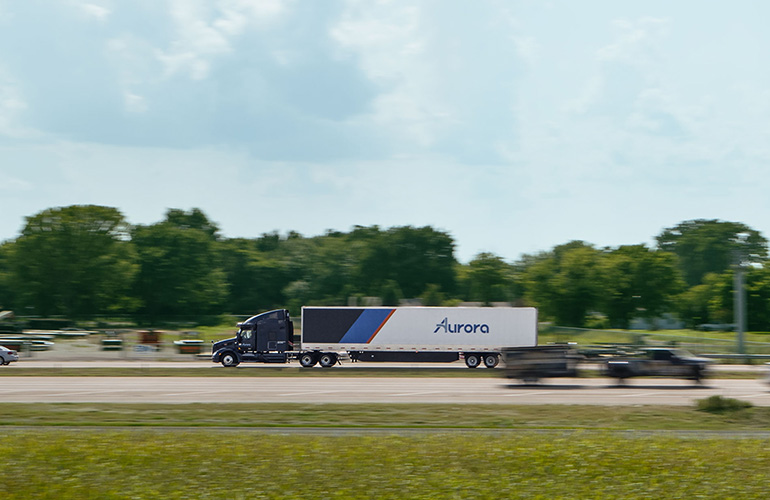diplomat33
Average guy who loves autonomous vehicles
I was thinking about this yesterday. It rained a few days ago in SoCal and my car is filthy - gonna get a wash today. I was sitting at red lights, and the ultrasonics were popping up like the car is going into parking mode, with the line showing orange, as if I'm too close. However, I was more than a car length away from the car ahead of me. Then the USS line went away - then it came back, over and over until the light turned green. My thought is that the front sensors are really dirty, causing false responses. Oddly it was the only time that happened during the drive. I'm also wondering if it was interference from the lead car's own USS, like I was picking up their sonics as a return.
If an L3 car is driving around and the sensors are really dirty, how will that affect performance? In my case, it was transient, so the system may still engage but then suddenly think it's going to hit something.
With L3, the system would likely notify the driver to take over. L4 has to handle the situation on its own, like pulling over if performance is too degraded. I know Waymo cars have self-cleaning systems for their sensors so the car can keep the sensors clean while driving to deal with this type of situation.




